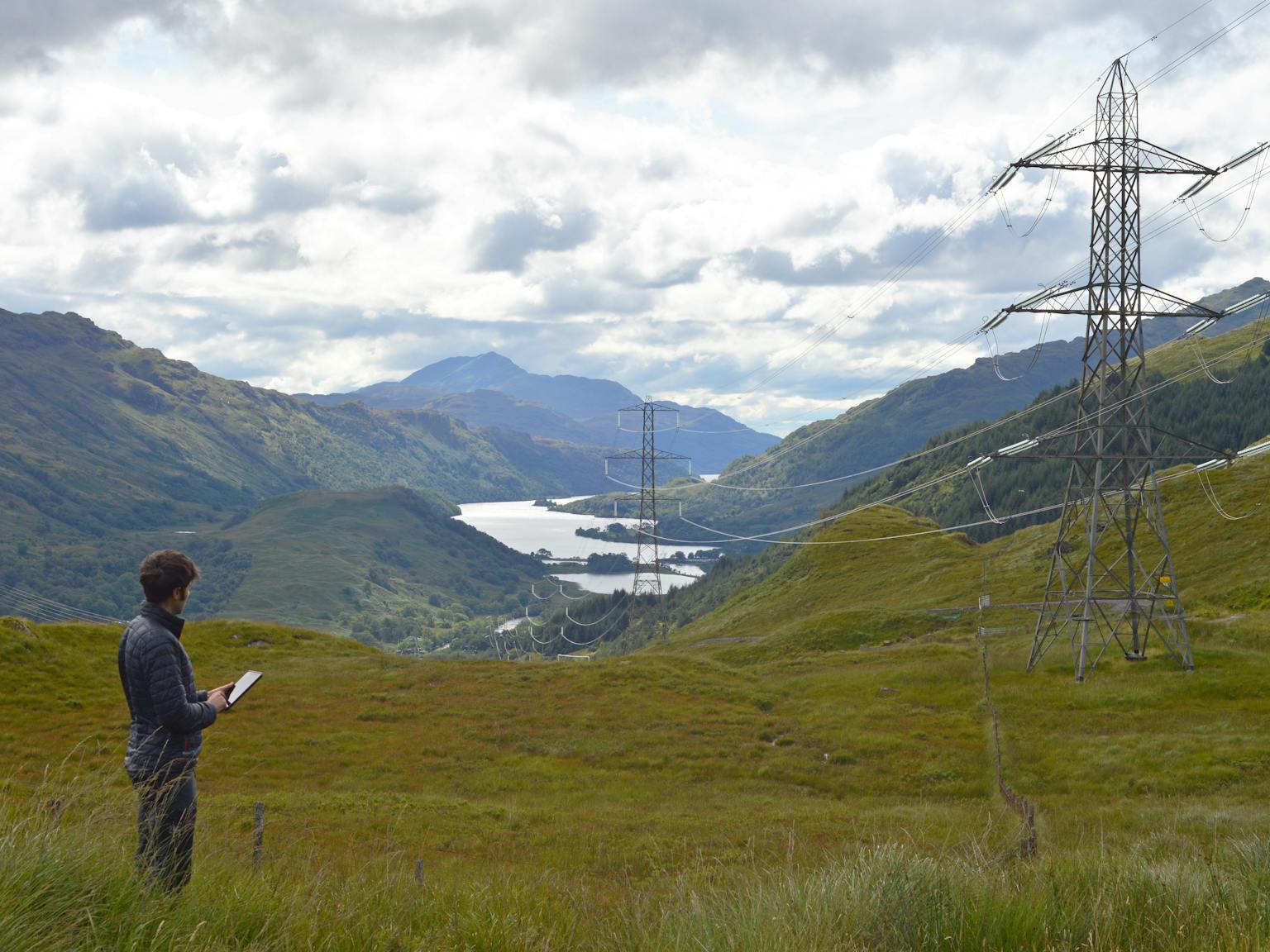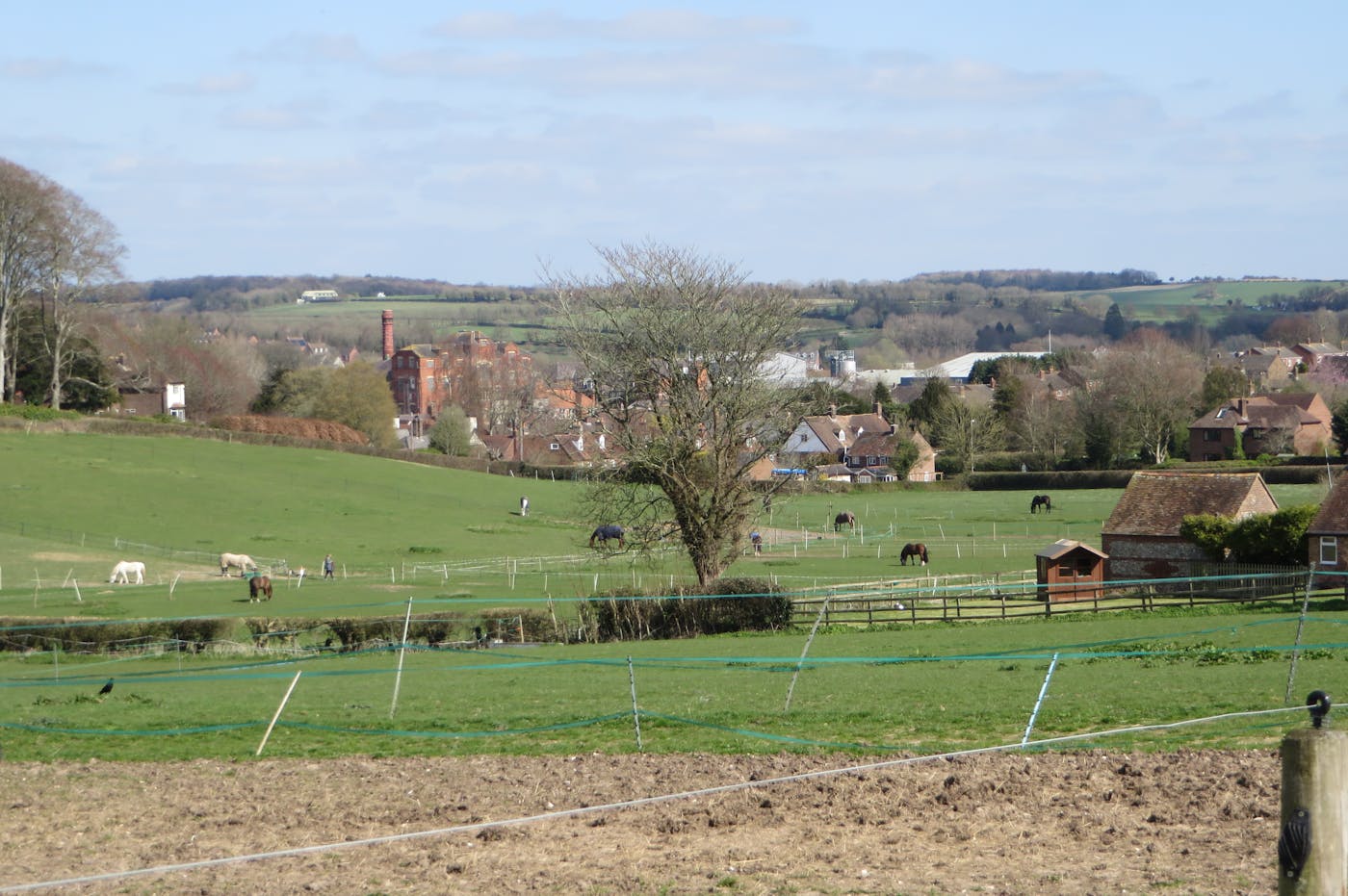
Consideration of Landscape in Strategic Environmental Assessment (SEA) of Spatial Development Plans
A Strategic Environmental Assessment (SEA) assesses the likely effects of a spatial development plan during its development. This allows plan-makers to avoid, reduce or compensate for negative environmental effects and enhance any positive environmental effects where possible.
Landscape is one of the topics that should be considered in SEAs. This is to ensure that potential impacts on the character and quality of landscapes, seascapes and townscapes are considered during the preparation of a plan.
This document provides an overview of the importance of landscape, how it can be affected by plans, and what you need to understand to assess landscape through the SEA process.
What is landscape?
Landscape is defined as "an area, as perceived by people, whose character is the result of the action and interaction of natural and/or human factors"[1]. Any plan and its SEA should focus on recognising the important qualities of all landscapes, whatever their level of protection. The 'landscape wheel' below shows factors that influence landscape character, helping us to understand what makes one landscape different from another.

How can change affect landscape character?
Development and land use policies promoted within a plan can affect landscape character in a variety of ways:
Changes to natural landscape elements:
- Alterations to the physical landform, landcover and/or scale of the landscape.
- Impacts on geology, hydrology and soils, and air and climate from development and/or land use change policies.
Changes to historic/cultural landscape elements:
- Alterations and changes to land use, field patterns and enclosure, settlement pattern and sense of time depth due to changes in the landscape from the implementation of a plan.
Changes to perceptual landscape elements:
- Changes in colour, texture and pattern of the landscape arising from the implementation of a plan.
- Changes to experiences such as sense of smell, touch and sounds.
- Impacts on memories and associations of landscapes that will be altered due to changes arising from the plan.
What do you need to understand to assess landscape through SEA?
Landscape policy context
A review of the policy context tells us how the plan is affected by, and affects, other policies, plans, programmes and initiatives. Key policy documents that should be considered include those that have strong implications for what the plan should aim to achieve. In relation to the landscape, these are likely to include the European Landscape Convention, the Environment Act 2021, the Environmental Improvement Plan 2023, and relevant sections of national and regional planning policy.
Landscape baseline and existing problems
Reviewing the environmental context provides a baseline against which the plan’s effects can be assessed and monitored and helps to identify existing problems that the plan may be able to address.
Landscape Character Assessments (LCA) describe the local landscape baseline, which can be used within the SEA. LCAs are most useful to SEAs when they also describe the dynamic nature of the landscape and forces for change, helping to inform the SEA requirement to describe the likely nature and direction of change without the plan.
Landscape sensitivity and capacity studies are valuable tools to refer to when appraising spatial strategy options and site allocation options as part of SEA. Sensitivity studies describe and map the sensitivity of different landscapes to different types of development. Landscape capacity studies identify which areas have the capacity to host development without resulting in negative effects on character.
In sensitive or highly valued landscapes, other documents that explore the special character of the landscape may be used to inform the assessment, for example, National Park or AONB Management Plans, or Local Landscape Designation reviews.
Assessment approach
Plans are assessed by considering the extent to which its components, such as vision, policy, site allocation etc., would help to achieve each SEA objective. These are then combined to understand the overall effects of the plan. With relation to the pre-determined SEA objectives, the plan is assessed using supporting questions and/or site assessment criteria. Landscape objectives and criteria help to guide judgements on the nature of landscape effects (positive/neutral/negative/mixed), their magnitude (minor/significant), and any areas of uncertainty associated with the landscape's capacity, sensitivity and/or character.
The framework of SEA objectives should be informed by the reviews of the policy context and baseline conditions. More detailed plans may require more specific criteria to test the plan effectively, and objectives should be tailored to reflect locally important features (e.g., designated landscapes).
Some SEAs assess development site options. When assessing the locational merits of these, it can be useful to define a set of site assessment criteria that can be applied via a Geographic Information System (GIS). At later stages in the development of a plan, it may be appropriate to supplement GIS-based appraisal with a more detailed, qualitative assessment carried out by landscape specialists who have a good understanding of the area.
The SEA should also consider the timescale over which impacts on the landscape are likely to occur, with greater significance generally attached to permanent or long-term landscape effects.
How can landscape change be mitigated?
SEAs should identify ways in which policies can be improved, particularly when negative landscape effects are identified. An iterative approach allows policies to be modified to avoid, reduce, or compensate for negative effects. Mitigation measures can protect and enhance landscape character, for example, by requiring developments to retain valued landscape features such as trees and hedgerows or be sympathetic to the local landscape/townscape character.
Avoidance measures are most likely to be effective when the SEA is carried out early in the development of the plan when reasonable alternatives are being considered.
How can landscape change be monitored?
Monitoring the significant environmental effects of plan implementation is another requirement of SEAs. This allows us to consider the need for changes to the plan or additional mitigation.
Monitoring landscape effects can be challenging due to the qualitative nature of landscape, particularly where there is a lack of baseline information. A useful approach is to develop monitoring indicators from the landscape-related SEA objectives and supporting questions/criteria.
Conclusion
Given the complexities of landscape character, assessing the potential effects of a plan can be challenging. A thorough understanding of the landscape policy context and baseline is needed, and appropriate assessment criteria should be defined. This enables the assessment of policies and development site allocations (including alternatives) and the consideration of suitable mitigation and monitoring.
LUC has considerable experience in landscape planning and SEAs and is well-placed to help with a wide variety of plans, policies and programmes. Our expertise is especially beneficial when considering plans that are likely to interact extensively with the landscape.
For more information on our SEA services please get in contact with Jon Pearson or Kate Nicholls, or for more information on our landscape services please contact Katrina Davies.













